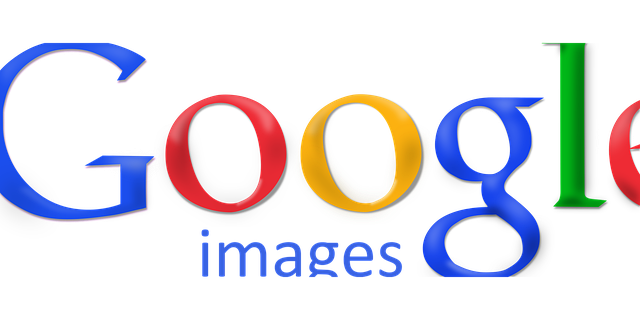On-Page SEO is vital for digital marketing, optimizing elements like title tags, meta descriptions, header tags, image alt text, and internal linking to enhance search engine visibility and trust. Keyword research aligns content with audience interests. Title tags and meta descriptions attract users and search engines. Headlines capture attention and incorporate keywords. Header tags organize content and signal importance. Internal linking boosts user experience and SEO. Image optimization improves accessibility and rankings. Faster website speeds strengthen SEO and user engagement.
In today’s digital landscape, a robust On-Page SEO strategy is paramount for online visibility. This comprehensive guide delves into the fundamentals of optimizing your content for search engines. From understanding keyword research and crafting compelling headlines to utilizing header tags and enhancing image optimization, each element plays a crucial role in improving your site’s rankings. Master these On-Page SEO tactics to attract organic traffic and connect with your audience effectively.
Understanding On-Page SEO Fundamentals
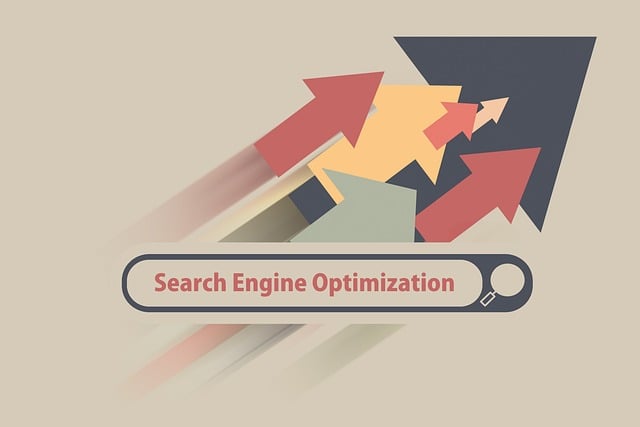
On-Page SEO is a fundamental aspect of digital marketing, focusing on optimizing individual web pages to rank higher in search engine results. It involves understanding and applying key principles within the content, HTML source code, and page structure. By implementing best practices, such as keyword research and strategic placement, businesses can ensure their websites are not only seen by relevant audiences but also trusted by search engines.
Core elements of On-Page SEO include optimizing title tags, meta descriptions, header tags (H1, H2, etc.), image alt text, and internal linking. These elements serve as signals to search engines about the content’s relevance and quality. For instance, using target keywords in titles and headings can indicate to search algorithms that a page is highly relevant for specific user queries.
Keyword Research for Content Relevance
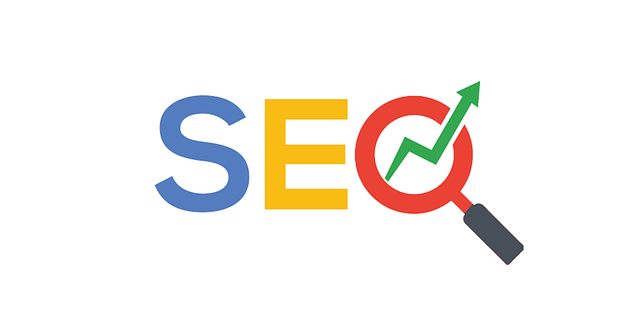
Keyword research is a fundamental aspect of an effective SEO content strategy, ensuring that your digital content resonates with your target audience. It involves understanding user search queries and aligning them with your content themes. By utilizing on-page SEO techniques, you can optimize your content to rank higher in search engine results pages (SERPs). This process begins with identifying relevant keywords—phrases that reflect the intent behind user searches. Tools like Google Keyword Planner or SEMrush can help uncover popular keywords related to your niche, providing valuable insights into what terms potential customers are using.
Once you’ve identified these keywords, they should be strategically incorporated into your content without compromising readability. On-page SEO best practices include optimizing title tags, meta descriptions, headings, and body text with the chosen keywords. It’s crucial to maintain a natural language flow while ensuring keyword density remains appropriate, as excessive optimization can hinder user experience and search engine perception.
Optimizing Title Tags and Meta Descriptions

Title tags and meta descriptions are critical components of an effective on-page SEO strategy. The title tag, often displayed as the page title in search results, is a concise summary of the content that captures the user’s attention and influences click-through rates. It should be unique for each page, incorporating relevant keywords while adhering to character limits.
Meta descriptions, on the other hand, provide a brief overview of the page’s content, appearing below the title tag in search results. While they don’t directly impact rankings, compelling meta descriptions can enhance click-through rates by giving users a clear idea of what to expect on the page. Incorporating target keywords naturally within the description ensures both relevance and search engine optimization.
Crafting Engaging, SEO-Friendly Headlines

Crafting compelling headlines is a crucial step in any successful On-Page SEO strategy. Headlines serve as the first point of contact between your content and potential readers, so they need to be engaging and informative. A well-crafted headline not only captures attention but also subtly incorporates relevant keywords that search engines use to index content. Think of it as a gateway that entices users to enter your content’s realm, while simultaneously signaling to search algorithms what the page is about.
To create effective headlines, focus on clarity and creativity. Balance the need for keyword inclusion with the art of storytelling. Use numbers, questions, or intriguing statements to pique curiosity. For instance, “5 Surprising Ways SEO Can Boost Your Business in 2023” not only hints at valuable insights but also includes a timely keyword without appearing overly optimized. Remember, the headline is your chance to make a lasting impression, so make it count!
Utilizing Header Tags Effectively
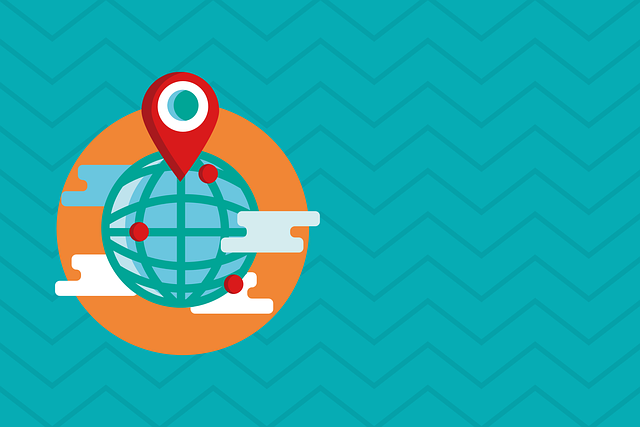
Utilizing header tags effectively is a critical component of an On-Page SEO strategy. These tags, including H1, H2, and H3, act as signposts for both search engines and users, helping to organize content and communicate its hierarchy. The H1 tag should be used for the main title, clearly indicating the primary topic of the page. Subheadings, represented by H2 and H3 tags, break down content into digestible sections, enhancing readability and user experience.
Properly structured header tags not only make your content more accessible but also signal to search engines what information is most important. This can significantly impact your website’s visibility in search results. Remember, each page should have a unique H1 tag and a logical flow of headings that reflect the content’s structure, ensuring both effectiveness for SEO and a pleasant user experience.
Enhancing Content with Internal Linking
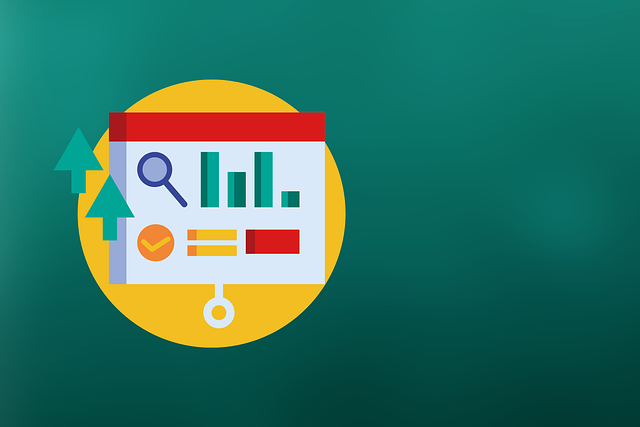
Internal linking plays a pivotal role in enhancing your content’s On-Page SEO strategy. By strategically linking to other relevant pages within your website, you create a network that improves user experience and tells search engines about the relationships between your pages. This simple yet powerful technique enables users to navigate easily while allowing search algorithms to crawl and index your site more efficiently.
Each internal link acts as a signal, indicating the importance of connected content. It helps distribute page authority, meaning if one of your linked pages ranks well, it can positively impact the SEO performance of others. This practice also encourages users to explore more of your website, reducing bounce rates and increasing time spent on site, which are all factors that search engines consider when ranking web pages.
Image Optimization: Alt Text and File Names
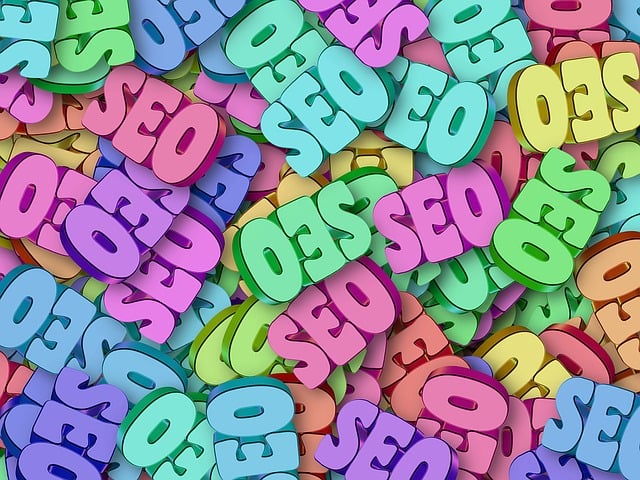
Image optimization plays a crucial role in any robust on-page SEO strategy. When it comes to digital content, search engines can’t “see” images directly; they rely on text elements to understand what’s depicted. This is where alt text (alternative text) and file names come into play.
Alt text provides a brief description of an image, making it accessible for visually impaired users and search engine crawlers. It should be descriptive, accurate, and unique—using relevant keywords when appropriate. Similarly, file names should accurately reflect the content of the image while incorporating target keywords naturally. This dual optimization ensures that images contribute to your on-page SEO efforts by increasing the likelihood of your website appearing in relevant searches.
Improving Site Speed for Better Rankings
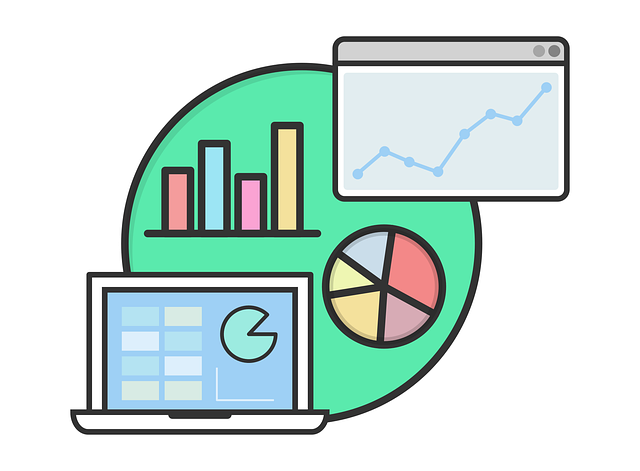
Improving site speed is a crucial aspect of any robust On-Page SEO strategy. Slow loading pages can significantly impact user experience and search engine rankings. By optimizing your website’s performance, you not only enhance the browsing experience but also signal to search engines that your content is valuable and accessible. Techniques such as compressing images, leveraging browser caching, and reducing HTTP requests can dramatically speed up page load times.
Additionally, using tools like Google PageSpeed Insights and GTmetrix can help identify specific areas for improvement. Implementing their recommendations, from minimizing CSS and JavaScript file sizes to optimizing server response times, ensures your website is as fast as it is efficient. A swift site not only boosts SEO but also encourages visitors to explore more of your content, leading to higher engagement metrics that search engines favor.
